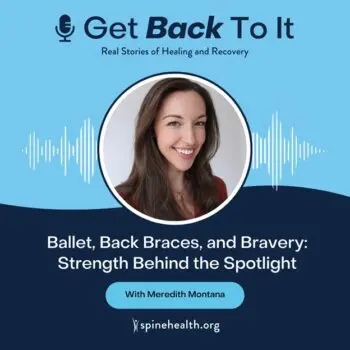Bertolotti’s Syndrome is a condition where there is an extra bone or an abnormal connection between the last lumbar vertebra (the lower back bone) and the sacrum (the triangular bone at the base of the spine). This can cause pain and discomfort in the lower back.
Common Causes
- Congenital: You are born with this extra bone or abnormal connection.
- Genetic factors: It can run in families.
Symptoms
- Lower back pain, especially on one side.
- Pain that spreads to the hips or buttocks.
- Stiffness in the lower back.
- Pain that worsens with activity and improves with rest.
Diagnostic Tests
- Physical exam: The doctor checks for pain, range of motion, and tenderness in the lower back.
- X-rays: Pictures of the spine to see the extra bone or abnormal connection.
- MRI or CT scan: Detailed images of the spine to see the bones and soft tissues.
Treatment Options
Non-Surgical:
- Medications: Over-the-counter pain relievers or prescription medications.
- Physical therapy: Exercises to strengthen back muscles and improve flexibility.
- Injections: Steroid injections to reduce inflammation and pain.
Surgical:
- Removal of the extra bone: Surgery to remove the extra bone or abnormal connection.
- Spinal fusion: Joining two vertebrae to stabilize the spine.
Common Conditions That Can Cause Similar Symptoms
- Herniated disc: When the inner part of the disc pushes out through a tear in the outer ring.
- Sciatica: Pain that travels along the sciatic nerve from the lower back down the legs.
- Degenerative disc disease: When discs break down due to aging or injury.
When to See the Doctor
- If you have persistent lower back pain that doesn’t get better with rest.
- If you experience pain that spreads to your hips or buttocks.
- If the pain interferes with your daily activities or sleep.
What to Ask the Doctor
- What is causing my lower back pain?
- What treatment options are available?
- How long will it take to recover?
- What are the risks and benefits of surgery?
Home Remedies for Mild Symptoms
- Exercise: Gentle exercises can help strengthen back muscles.
- Stretching: Regular stretching can relieve muscle tension.
- Pain relief: Intermittent over-the-counter pain relievers like ibuprofen or acetaminophen can help with pain.
- Proper posture: Maintain good posture to reduce muscle strain.
- Heat or ice therapy: Applying heat or ice can reduce pain and swelling.
Understanding Bertolotti’s Syndrome can help you know when to seek medical advice and what questions to ask your doctor. Early detection and treatment can prevent chronic pain and help you maintain a healthy, active lifestyle.



